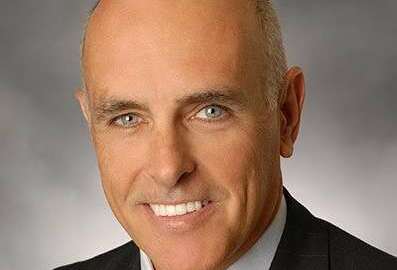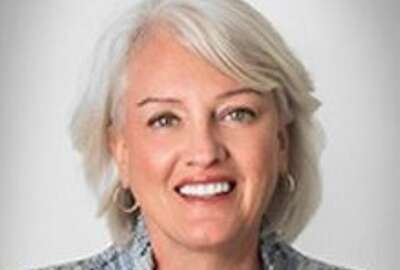 Exclusive
Exclusive Big thinking at SBA prepared the agency for the pandemic telework scenario
There were not many people who could have foreseen what America would be like, at home and in the workplace, during the first 100 days of the stay-at-home pandemic.
There were not many people who could have foreseen what America would be like, at home and in the workplace, during the first 100 days of the stay-at-home pandemic. But the work Guy Cavallo initiated at the Small Business Administration (SBA) now seems prescient.
Cavallo, the SBA’s Deputy Chief Information Officer, laid the groundwork modernizing the agency’s IT infrastructure.
“We had been working on providing more mobile devices to the workforce, so moving away from desktop towers and desktop computers and giving the staff a choice of either a convertible laptop or a tablet, so they’d be able to take them home,” Cavallo told Tom Temin on Federal Monthly Insights – Digital IT Modernization. “SBA is pretty use to responding to emergencies and needing to go places, where you weren’t expecting to work.”
So Cavallo was modernizing, anticipating almost any kind of emergency that could take SBA employees into the field.
“We had the hardware in place. Of course buying stuff is easy. Getting the rest of the infrastructure ready was a lot harder,” he said on Federal Drive with Tom Temin.
Cavallo knew his current virtual private network provider could not handle everybody teleworking at once.
“So we had already started a move to SD-WAN and were actively pursuing Zscaler as an alternative and we had about a thousand of our users already there when this (pandemic) hit. And then we already were in the cloud with Office 365, so basically everything that was on the premise that typical users would need, we already had ways to get through the cloud,” he said.
SBA now has nearly 4,000 users.
“Not only did we do this before the crisis hit, but we’re continuing to modernize and make connectivity more secure and easier for the users, during the crisis,” he said.
When Cavallo started the modernization at SBA some four years ago, he said he felt strongly about the cloud, but the agency was not “cloud savvy” at all.
“The data centers that we had, the primary ones, were rapidly approaching end of life or already there with some of the equipment, and it would have required a massive capital expenditure to replace it all,” he said.
Cavallo returned to the public sector nearly five years ago, first at the Transportation Security Administration, where he led the effort to turn to the cloud.
“So I was able to immediately take what I had done at TSA and apply it to the SBA. And in 82 days, from start to finish, we were in the cloud and ready to start moving services there instead,” he said.
He advised against using technology just for technology’s sake, adding that people sometimes forget, as they’re changing technology, they need to change the agency’s governance model.
“Something I did at TSA, and I replicated at SBA in our cloud effort, was to have one of the teams from day one start working on how do we change the way we do change control, our governance decisions, how we do security. That all needs to be factored into it, because the technology is easy,” Cavallo said.
Copyright © 2025 Federal News Network. All rights reserved. This website is not intended for users located within the European Economic Area.
Peter Musurlian is a producer at Federal News Network.
Follow @PMusurlianWFED






